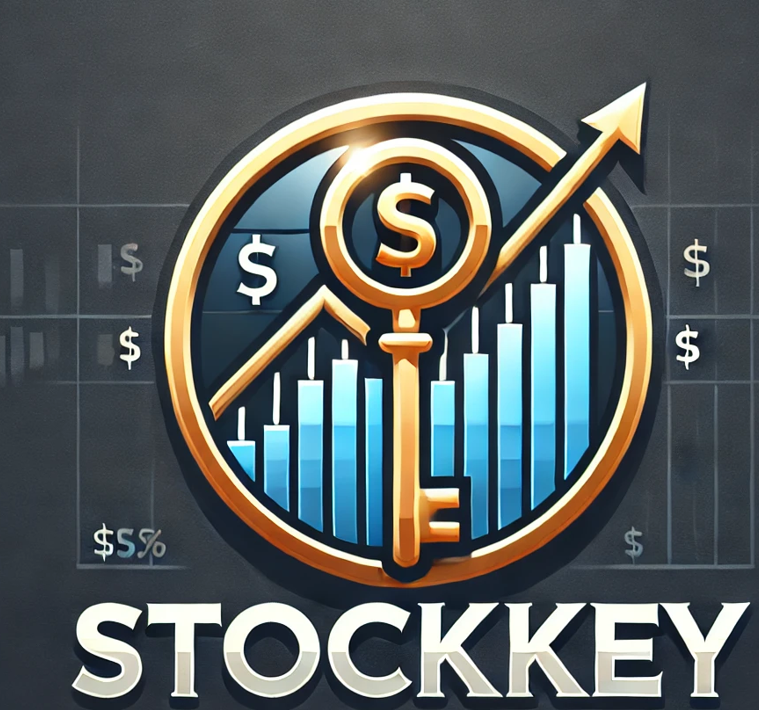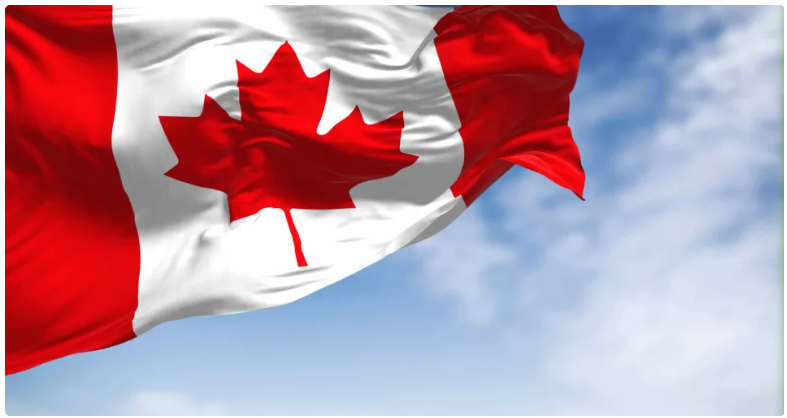In this article, we will discuss “What is the Best Way to invest $1,000 in Canada?”
If you’ve managed to save up $1,000 and are wondering what to do with it, the good news is: that’s more than enough to kick off your investing journey. It might seem like a modest sum, but even small investments can grow significantly over time with the right strategy. Whether you’re aiming to save for retirement, build wealth, or achieve short-term goals, this guide offers six great ways to start putting your $1,000 to work in Canada.
Before You Invest: Key Steps to Take
- Eliminate High-Interest Debt
Before making any investments, it’s wise to tackle high-interest debt—like credit card balances or payday loans. These debts can drain your finances faster than your investments can grow. As Warren Buffett once said, carrying high-interest debt is like investing in reverse. Prioritizing debt repayment can offer a guaranteed “return” equal to the interest rate you’re avoiding. - Define Your Investment Goals
Ask yourself: Why am I investing? Are you saving for retirement, planning a home purchase, or working toward financial freedom? Your answer will shape your time horizon, risk tolerance, and the type of investments that suit you best. - Choose an Investment Approach
Once you have your goals in place, select an investment strategy that aligns with them. For example, if you’re looking to generate passive income, dividend investing or setting up a dividend reinvestment plan (DRIP) might be a good fit. For long-term growth, you may lean toward index investing or ETFs.
6 Smart Ways to Invest $1,000 in Canada
- Contribute to an RRSP
A Registered Retirement Savings Plan (RRSP) is one of the most tax-efficient places to invest your money. Contributions are tax-deductible, and your investment earnings grow tax-free until withdrawal. This is ideal if you expect to be in a lower tax bracket during retirement. For 2025, your RRSP contribution limit is the lesser of 18% of your prior year’s income or $30,780. - Maximize Your TFSA
The Tax-Free Savings Account (TFSA) is another excellent option, especially for flexible, long-term savings. Money invested in a TFSA grows tax-free, and withdrawals are also tax-free—whether you’re using the funds for retirement, a new car, or even a vacation. The best part? You can re-contribute any amount you withdraw the following year. - Open a Non-Registered Investment Account
If you’ve already maxed out your RRSP and TFSA, consider investing through a non-registered (taxable) account. While these accounts don’t offer the same tax advantages, they give you access to a wide range of investments like individual stocks, ETFs, mutual funds, and more. Any capital gains will be taxable, but you’re still building wealth and staying ahead of inflation. - Build or Boost Your Emergency Fund
Not quite ready to take on market risk? That’s okay. An emergency fund is a crucial financial safety net. Park your $1,000 in a high-interest savings account (HISA) or a cashable GIC. It’s not glamorous, but having quick access to cash in a crisis can prevent you from going into debt. - Invest in ETFs
Exchange-Traded Funds (ETFs) are a low-cost, diversified way to get exposure to the market. They typically track an index or sector—like Canadian banks, global tech, or even gold miners—spreading your money across many companies with a single purchase. With just $1,000, you can get broad market exposure and minimize risk through diversification. - Explore Fractional Shares or Robo-Advisors
Another great entry point is through fractional shares or robo-advisors. Fractional investing lets you buy a portion of a high-priced stock, while robo-advisors like Wealthsimple invest your money in a diversified ETF portfolio based on your goals and risk profile. It’s hands-off, low-cost, and perfect for beginners.
Final Thoughts
By now, you would have an answer to the question “What is the Best Way to Invest $1,000 in Canada?” $1,000 may not seem like a game-changer, but it’s a meaningful first step toward building financial freedom. The key is to start, stay consistent, and continue learning. Whether you invest it in a tax-advantaged account, a diversified ETF, or even set it aside for a rainy day, that small amount can set the foundation for bigger financial wins down the road.
Sign Up For our Newsletters to get latest updates






